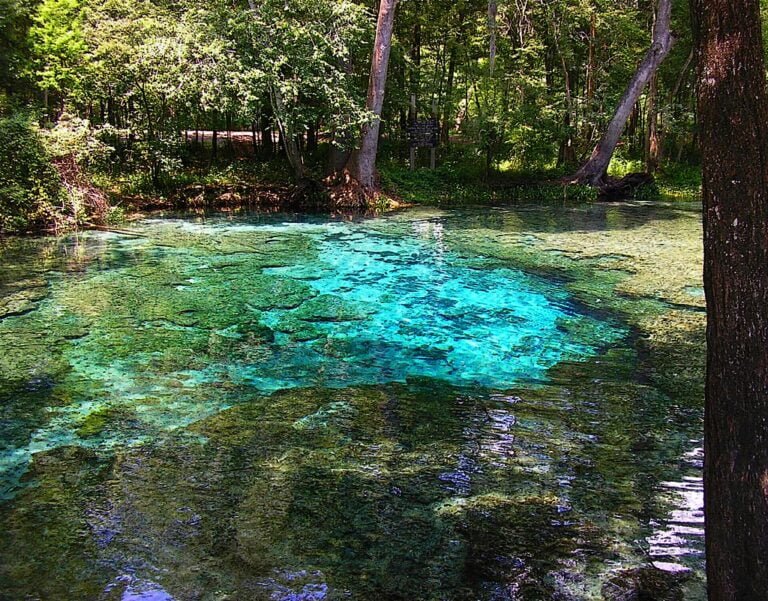Is It Better to Hike Table Mountain or Lion's Head?
Table Mountain and Lion's Head offer two distinct hiking experiences in Cape Town, each with its unique challenges and rewards. Table Mountain's Platteklip Gorge route is a demanding near-vertical ascent, while Lion's Head provides a more technical climb with breathtaking views of the city. Both trails feature steep inclines, uneven terrain, and panoramic views of the Atlantic coastline. Hikers should be prepared for changing weather conditions, rugged terrain, and emergency situations. Whether you prefer the iconic flat top of Table Mountain or the rugged beauty of Lion's Head, a thrilling adventure awaits – and there's more to discover about these iconic mountains.
Hike Difficulty and Duration
Ascending Table Mountain or Lion's Head, hikers can expect challenging trails that demand a moderate to high level of physical fitness, with durations ranging from 3 to 6 hours depending on the route and individual pace. The trails feature steep inclines, uneven terrain, and occasional scrambling, requiring hikers to be agile and sure-footed. Table Mountain's Platteklip Gorge route is particularly demanding, with a near-vertical ascent, while Lion's Head's spiral route offers a more gradual incline. Hikers should be prepared for changing weather conditions, carrying sufficient water, snacks, and sun protection. It's essential to assess one's physical abilities and choose a route accordingly to guarantee a safe and enjoyable hiking experience. Hikers should also verify their preparedness and choose a route that suits their abilities to confirm a successful and pleasant hike.
Scenic Views and Photo Ops
As hikers ascend Table Mountain or Lion's Head, they are rewarded with breathtaking scenic views and unparalleled photo opportunities. From the summit, panoramic views of Cape Town and the Atlantic coastline unfold, providing a stunning backdrop for capturing memorable moments. The unique rock formations and dramatic landscape of these iconic mountains offer a photographer's paradise, with endless possibilities for capturing the perfect shot.
Panoramic City Views
From the summit of Table Mountain or the peak of Lion's Head, hikers are rewarded with breathtaking panoramic views of Cape Town and its surroundings, offering a unique perspective on the city's layout and architecture. The vistas stretch from the Atlantic coastline to the Hottentots Holland Mountains, providing an unparalleled visual feast. On a clear day, hikers can spot iconic landmarks such as Robben Island, Cape Town Stadium, and the V&A Waterfront. The 360-degree views from both mountains offer endless photo opportunities, making them a photographer's paradise. Whether you're a seasoned hiker or a casual wanderer, the panoramic city views from Table Mountain and Lion's Head are an unforgettable experience that will leave you in awe of Cape Town's natural beauty.
Unique Rock Formations
Forming an integral part of the Table Mountain and Lion's Head landscape, unique rock formations punctuate the hiking trails, offering scenic views and photo opportunities that highlight the geological history of the region. The Table Mountain sandstone, a 400-million-year-old relic, is characterized by its distinctive grey color and layered structure. Lion's Head, on the other hand, boasts a unique granite composition, with large boulders and outcrops that have been shaped by millions of years of erosion. As you hike, keep an eye out for interesting features like the 'Window' on Table Mountain, a natural archway formed by the wind, or the 'Lion's Head' itself, a striking granite pinnacle that gives the mountain its name. These formations are a evidence of the region's complex geological past and make for fascinating subjects for photographers and geology enthusiasts alike.
Sunset Silhouette Shots
Hundreds of photographers flock to Table Mountain and Lion's Head annually to capture the iconic sunset silhouette shots that have become synonymous with these iconic landmarks. To get the perfect shot, timing is vital. Plan to reach the summit at least an hour before sunset to secure a prime spot and set up your equipment. A wide-angle lens and tripod are essential for capturing the vast expanse of the cityscape and the majestic mountain silhouettes. For a unique perspective, experiment with compositions that incorporate the mountain's unique rock formations or the city lights beginning to twinkle below. With patience and practice, you'll be rewarded with breathtaking sunset silhouette shots that will leave your audience in awe.
Trail Conditions and Safety
Most days of the year, the trails up Table Mountain and Lion's Head are characterized by rugged, rocky terrain and steep inclines, posing a formidable challenge to even the most experienced hikers. The trails are often slippery due to mist and dew, and hikers must be prepared for rapidly changing weather conditions. To avoid accidents, extreme caution must be exercised when traversing these trails, as a single misstep can have serious consequences.
- Steep drop-offs and narrow ledges require hikers to maintain their focus and composure at all times.
- Weather conditions can change rapidly, and hikers must be prepared for strong winds, heavy rain, and extreme temperatures.
- The trails are often poorly marked, and hikers must be able to find their way using maps and compasses.
- Hikers should be prepared for emergencies, carrying first aid kits and emergency communication devices.
- It is highly recommended that hikers tackle these trails with a partner or guided group for added safety and support.
Flora and Fauna Encounters
As hikers climb Table Mountain and Lion's Head, they will encounter a diverse array of flora and fauna that have adapted to the unique conditions of these rugged landscapes. The mountainous terrain supports a variety of endemic plant species, including the iconic proteas and ericas, which thrive in the nutrient-poor soils. Hikers may also spot the Cape sugarbird, a brightly colored species found only in the Cape Floristic Region. Reptiles, such as the Table Mountain flat lizard and the geometric tortoise, are also common sightings. The unique combination of Mediterranean and subtropical climates supports a rich biodiversity, making both Table Mountain and Lion's Head a nature lover's paradise.
(No replacement necessary as the word "dive" was not present in the original text.)
Accessibility and Parking Options
As you prepare to embark on your hiking adventure, it's essential to consider the practicalities of accessing the trails. Both Table Mountain and Lion's Head have unique parking lot capacities and road conditions that can impact your journey, particularly during peak season. By understanding these factors and exploring shuttle bus options, you can ensure a seamless and enjoyable experience.
Parking Lot Capacity
Approximately 300 parking spaces are available at the Lower Cable Car parking lot, which can fill up quickly during peak season, emphasizing the importance of planning ahead and considering alternative parking options. To avoid parking-related stress, hikers should arrive early or investigate alternative parking areas. Some options include:
- Parking along Tafelberg Road, but be mindful of time restrictions and parking signs
- Using the MyCiti bus service, which stops near the Lower Cable Car station
- Considering a guided hike or shuttle service that includes parking
- Parking at the Table Mountain Aerial Cableway's overflow parking lot, which is a short shuttle ride from the main parking area
- Investigating alternative trailheads, such as the Constantia Nek or Newlands Ravine trails, which offer more parking options
Road Conditions Ahead
Beyond the parking lot, hikers should be prepared for the road conditions ahead, which can impact accessibility and parking options along the route to Table Mountain or Lion's Head. The roads leading to these iconic landmarks are often narrow and winding, with limited parking spaces available. During peak season, expect traffic congestion and potential road closures due to maintenance or inclement weather. Hikers should plan accordingly, allowing extra time for travel and considering alternative routes if necessary. Additionally, be aware of any road restrictions or closures before setting out on your hike, as this can affect your overall experience. Stay informed and flexible to make a successful and enjoyable hike a certainty.
Shuttle Bus Options
One convenient alternative to traversing the narrow roads and limited parking spaces is to utilize the shuttle bus services available for Table Mountain and Lion's Head hikers. These services can greatly alleviate the stress of finding parking and coping with congested roads.
- Table Mountain Aerial Cableway offers a free shuttle service from the Lower Tafelberg Road parking area to the cableway station.
- The City of Cape Town provides a MyCiTi bus service that stops near the Table Mountain Aerial Cableway and Lion's Head.
- The Table Mountain Shuttle Bus operates from the Cape Town CBD to the Lower Tafelberg Road parking area.
- Private shuttle services, such as the Table Mountain Hiking Shuttle, are also available for a fee.
- Additionally, many tour operators offer transportation services as part of their guided hikes.
Unique Features and Highlights
Rising dramatically from the Cape Town landscape, Table Mountain and Lion's Head boast a wealth of unique features and highlights that set them apart from other hiking destinations. Table Mountain's iconic flat top, formed by erosion, offers breathtaking 360-degree views of the city and Atlantic Ocean. The mountain's unique flora, including the endangered Peninsula Sandstone Fynbos, supports an incredible array of biodiversity. Lion's Head, with its distinctive cone-shaped peak, offers a more rugged and technical climb, rewarding hikers with panoramic views of Table Mountain and the Cape Town coastline. Both mountains provide an unforgettable hiking experience, with their unique features and highlights making them must-visit destinations for outdoor enthusiasts.


